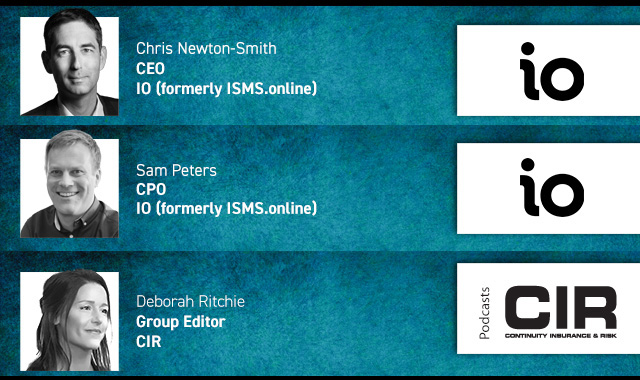Deepfake scams have increased by 2137% across the financial and payment sectors over the last three years, as evolving AI-based techniques pose new security challenges for organisations around the globe.
According to data from Signicat, account takeover is the leading type of fraud customers are exposed to, followed by card payment fraud and phishing.
Evolving deepfake technology has enabled two main types of attacks, according to the digital identity company:
Presentation attacks: These involve fraudsters using masks or make-up to impersonate someone else, as well as scenarios where a deepfake is displayed on a screen and filmed in real time to facilitate account takeovers or fraudulent loan applications.
Injection attacks: These involve malware or untrusted inputs being inserted into a system, compromising its integrity. This includes pre-recorded deepfake videos used during onboarding or KYC processes in banking, fintech and telecommunications.
According to Signicat's report, over 42% of fraud attempts detected in the financial sector are now due to AI. Three years ago, deepfakes were not even in the top three most common types of digital identity fraud and today it is the most common type of digital identity fraud.
Despite the increase in AI-driven attempts, only 22% of financial institutions have implemented AI-based fraud prevention tools.
Signicat’s canvassed the views of over 1,200 professionals from the financial and payment sectors across seven European countries for its report.
Image courtesy Signicat
Printed Copy:
Would you also like to receive CIR Magazine in print?
Data Use:
We will also send you our free daily email newsletters and other relevant communications, which you can opt out of at any time. Thank you.











YOU MIGHT ALSO LIKE